Exo 27:20-21
Hebrew paragraph divisions:
27:20-21 {s} Oil for the lampstand and the continual tending of the lampstand’s light
And you shall command the children of Israel, that they bring to you pure beaten olive oil for the light, to cause the lamp to burn continually. Exo 27:20
Light is Strong’s H3974, ma’owr, a concrete noun meaning, “luminary;” from Strong’s H215 אור owr, a primitive root meaning, “to be or become light.” The 3-letter root is aleph + vav + resh.
aleph א = the ox head, thus strength, power, leader
vav ו = the tent peg, thus add, secure, hook
resh ר = the head of man, thus head, first, top, beginning, man
The story: The cattle (aleph) secured (vav) by the man (resh), thus the cognate words are (cattle) pen; stall, as the place men secure their cattle; and also box, as a livestock stall was in a box shape. Boxes are used to organize and store things, so that there is order instead of chaos, and when God created light, He brought what was chaotic into order.
Lamp is Strong’s H5216, niyr, a concrete noun meaning, “lamp;” from Strong’s H5135, nuwr, a concrete noun meaning, “fire;” from an unused primitive root ניר niyr, meaning “to glisten; shine.” The 3-letter root is nun + yud + resh.
nun נ, ן = the seed, thus continue, heir, son
yud י = the closed hand, thus work, throw, worship
resh ר = the head of man, thus head, first, top, beginning, man
The story: The seed (nun) is sown into the worked (yud) or plowed ground, where it has its beginning (resh) of life.
From the Ancient Hebrew Lexicon:
Rains in the mountainous areas cause a flooding of the rivers. The rivers swell causing the water to flood the land next to the river. This is the only water that the land will see and is necessary for crop production. After the flood season, the land is plowed by the use of a plow attached to the yoke of the oxen. The surface of the soil is dry but, when the soil is turned up it glistens in the sun from the water remaining in the soil.
Yeshua teaches us that it is the Word which is the Seed sown into the plowed ground (Mar 4:1-25). He is the Living Word sown into the soil of our hearts, where we have our beginning of life in Him, and He is the light of the world!
Then Yeshua spoke to them again, saying, “I am the light (G5457, Septuagint equivalent of owr) of the world. He who follows Me shall not walk in darkness, but have the light of life.” Joh 8:12
Your word is a lamp (niyr) to my feet, and a light (owr) to my path. Psa 119:105
Sow for yourselves righteousness;
Reap in mercy;
Break up your fallow ground (niyr),
For it is time to seek YHVH,
Till He comes and rains righteousness on you. Hos 10:12
Exo 28:1-43
28:1-5 {p} Aaron and his sons, that they may minister to YHVH as priests in their holy garments
28:6-12 {s} The pattern for the ephod
28:13-14 {s} The pattern for the chain and settings of gold
28:15-30 {s} The pattern for the breastplate
28:31-35 {s} The pattern for the robe of blue
28:36-43 {s} The pattern for the dress for Aaron’s sons; their consecration and linen trousers
And they shall make the ephod of gold, blue, purple, and scarlet thread, and finely woven linen, the work of the skillful workman. Exo 28:6
Ephod is Strong’s H646 אפד , a concrete noun meaning, “priest’s vestment;” of possible foreign derivation, without a primitive verbal root. According to Gesenius, the 3-letter root of the noun is aleph + pey + dalet.
aleph א = the ox head, thus strength, power, leader
pey פ, ף = the mouth, thus open, blow, scatter, edge
dalet ד = the door, thus enter, move, hang
The story: Powerful (aleph) redemption; i.e. an opened (pey) door (dalet). When one is redeemed from slavery, the door is opened so that he can leave. The Ancient Hebrew Lexicon adds, “to bring back to an original state.”
The ephod is a garment unique to the priesthood. It served as a background for the remembrance stones to be borne before YHVH, two on the shoulders and twelve on the breastpiece. But the story of the ephod is a puzzle: powerful redemption? How is a vestment linked to powerful redemption?
Can a woman forget her nursing child, that she should not have compassion on the son of her womb? Yes, they may forget, yet will I not forget you. Behold, I have engraved you upon the palms of My hands; your walls are continually before Me. Isa 49:15-16
The remembrance stones were engraved with the names of the children of Israel. And in Yeshua we have been engraved upon the palms of His hands, where the scars of His crucifixion remain. Engraved, so as to be kept in remembrance, or not forgotten, before YHVH.
Scarlet is from a two-word phrase in Hebrew:
Strong’s H8144 שני shaniy, a concrete noun meaning, “stuff dyed scarlet;” of uncertain derivation. The 3-letter root of the noun is shin + nun + yud.
shin ש = two front teeth, thus sharp, press, eat, two, again
nun נ ן = the seed, thus continue, heir, son
yud י = the closed hand, thus work, throw, worship
The story: The female scarlet worm pressed her body down (shin) onto the ilex tree or leaves, affixing herself firmly. She then deposited her eggs (nun) beneath her body, which enclosed them (yud), protecting them until they hatched.
“When the female of the scarlet worm species was ready to give birth to her young, she would attach her body to the trunk of a tree, fixing herself so firmly and permanently that she would never leave again. The eggs deposited beneath her body were thus protected until the larvae were hatched and able to enter their own life cycle. As the mother died, the crimson fluid stained her body and the surrounding wood. From the dead bodies of such female scarlet worms, the commercial scarlet dyes of antiquity were extracted. What a picture this gives of Christ, dying on the tree, shedding his precious blood that he might ‘bring many sons unto glory’ (Hbr 2:10)! He died for us, that we might live through him! Psa 22:6 describes such a worm and gives us this picture of Christ. (cf. Isa 1:18).”
– Henry Morris; Biblical Basis for Modern Science, Baker Book House, 1985, p. 73
Strong’s H8438, towla, a concrete noun meaning, “worm;” used often interchangeably to mean the female scarlet worm above. The blue, purple, and scarlet found throughout the instructions for the tabernacle, and the priestly garments, is a prophetic metaphor of the Messiah, His deity, and His action as the mediator between God and men. Blue represents God; red represents man (the Hebrew noun, adam, “man,” is from the primitive root adam, “to be red”). The purple is always between them. Blue and red combined create purple. Purple represents the Messiah, God and man together. And after all, that is the reason for the tabernacle, and the priesthood – that the separation between God and man is ended, and it is ended, in Him who is our Priest forever.
The scarlet dye was applied to white wool to make it scarlet … and the blood of Messiah is applied to us, to make we who are stained scarlet with sin, to be white as wool.
“Come now, and let us reason together,” Says the Lord, “Though your sins are like scarlet, They shall be as white as snow; Though they are red like crimson, They shall be as wool.” Isa 1:18
Exo 29:1-46
29:1-37 {s} Instructions for the service of consecration
29:38-46 {p} Continual burnt offerings for the altar
Then you shall kill the ram, and take of its blood, and put it upon the tip of the right ear of Aaron, and upon the tip of the right ear of his sons, and upon the thumb of their right hand, and upon the great toe of their right foot, and dash the blood against the altar round about. Exo 29:20
There is another instance in Scripture where the blood of the sacrifice flowed onto the right ear, right hand, and right foot—Yeshua when He was on the cross. His own blood from the crown of thorns flowed onto His right ear, and from the nails in His hands and feet the blood flowed onto His right thumb and big toe. His blood consecrated Him to serve as High Priest forever.
Exo 30:1-10
30:1-10 {p} The pattern for the altar of incense
The altar of incense represents our prayer ascending before the Father, tended morning and evening.
Let my prayer be set forth before You as incense; and the lifting up of my hands as the evening sacrifice. Psa 141:2
And the smoke of the incense, which came with the prayers of the saints, ascended up before God out of the angel’s hand. Rev 8:4
It is a powerful picture of our daily relationship with YHVH, of formal prayer in our prayer closet morning and evening, but also of continual communion with YHVH throughout the day, for the smoke of the incense continues for some length of time after it has been lit. So, as we go about our day, we are constantly speaking with Him in our hearts, not only for wisdom and guidance, but also in sharing whatever comes up, as friends do, as parents and children do, as even lovers do. That sharing is two-way, for He is also constantly speaking to us in His still small voice in our hearts, and through many sundry and various means. This daily communion is only made possible by our Lord Messiah Yeshua.
“Behold, I stand at the door, and knock: if any man hears My voice, and opens the door, I will come in to him, and will eat with him, and he with Me.” Yeshua, Rev 3:20
EXODUS 1:1-6:1 ANNUAL TETZAVEH “YOU SHALL INSTRUCT” OUTLINE | EXODUS in CHIASTIC STRUCTURE
FINDING MESSIAH in TORAH: A MESSIANIC DISCOVERY THROUGH the TORAH PORTIONS
THE LAW of LOVE: THE GOSPEL of GRACE REVEALED in the COMMANDMENTS OF GOD
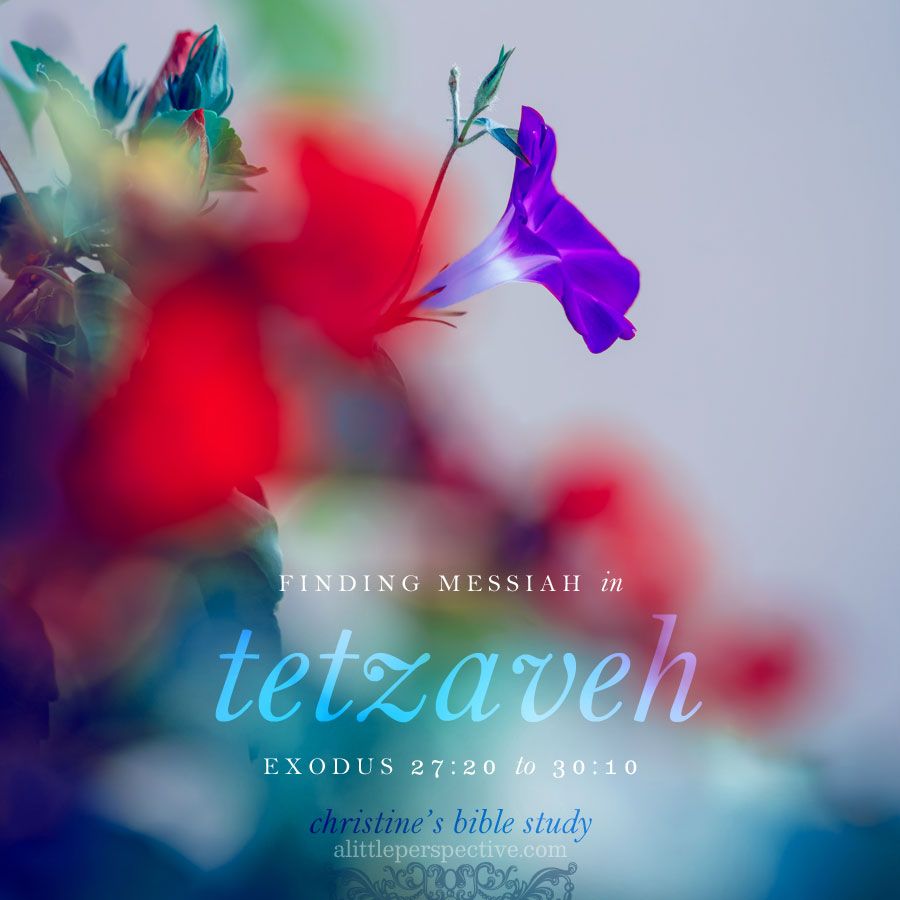
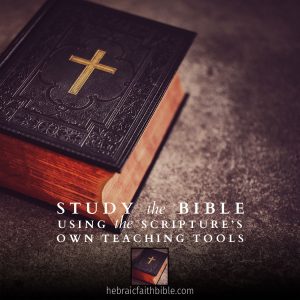
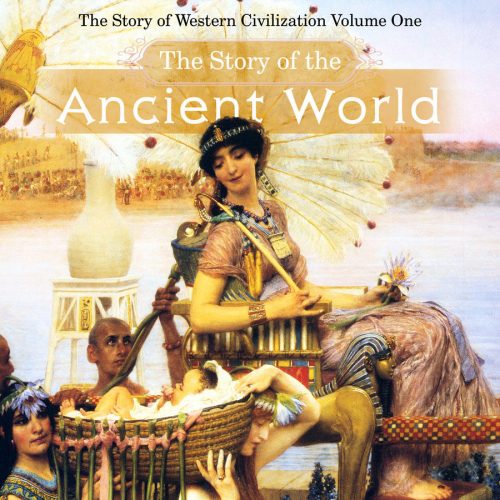
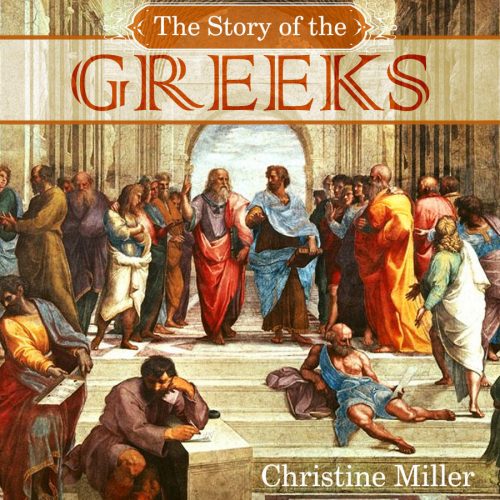
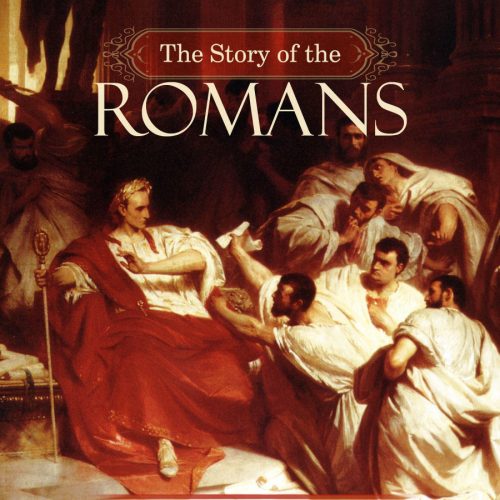
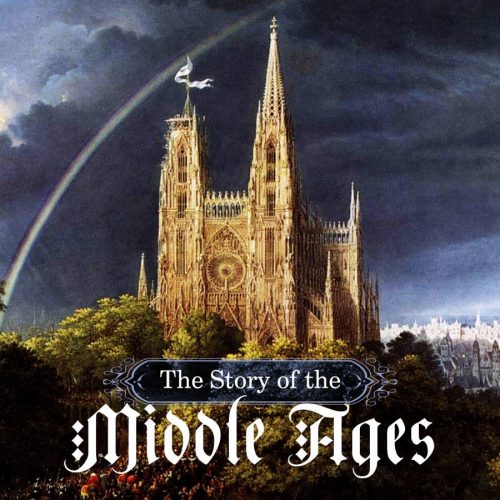
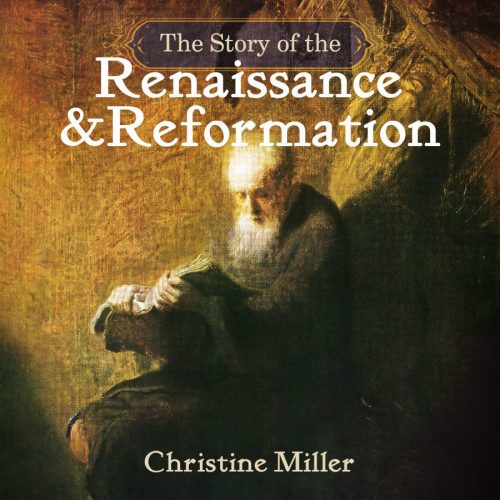
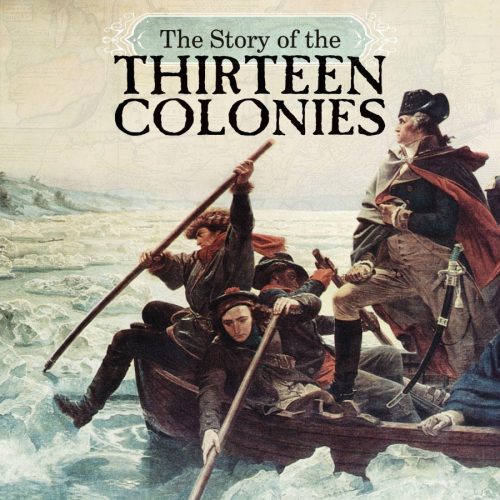

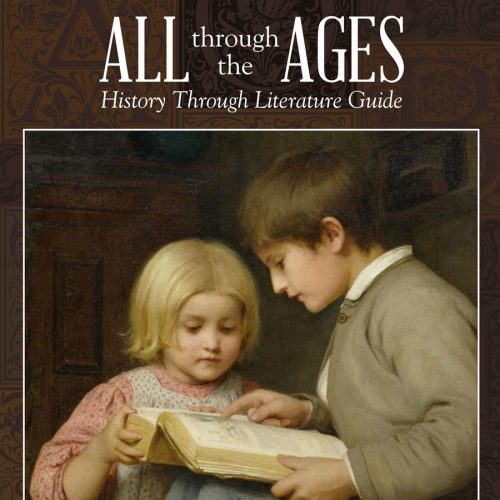
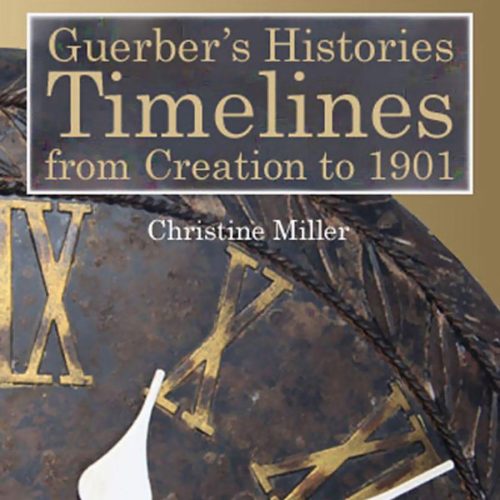
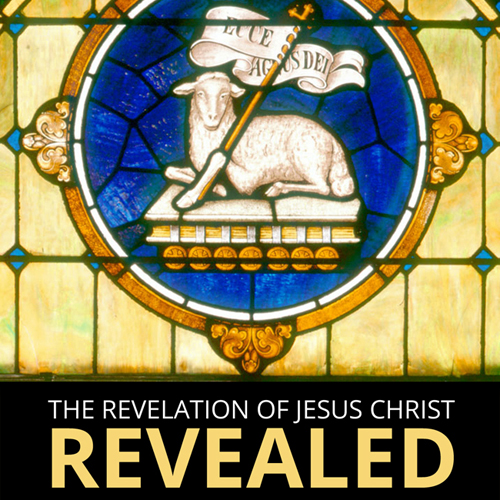
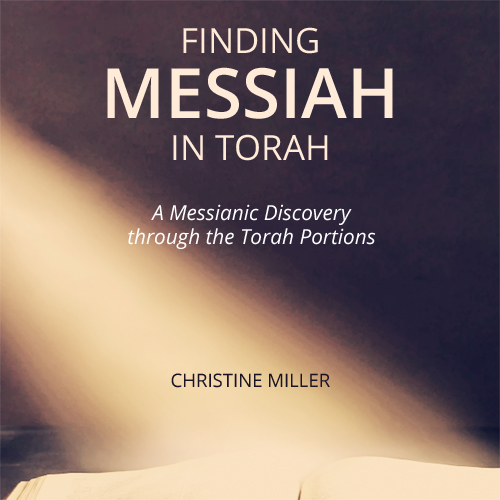

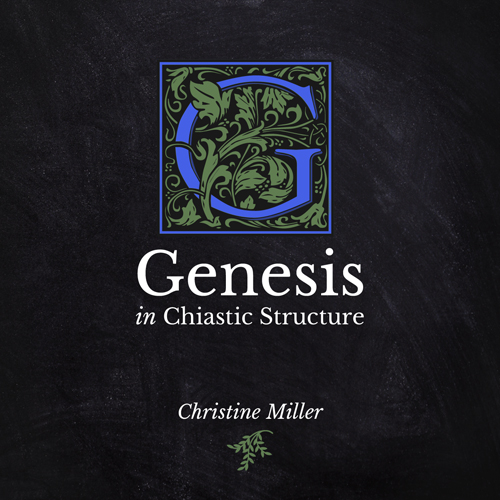
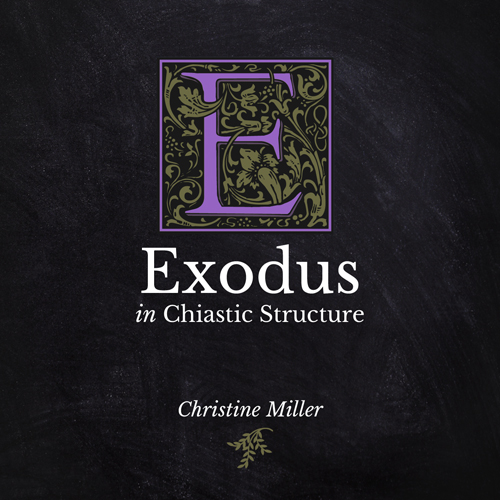
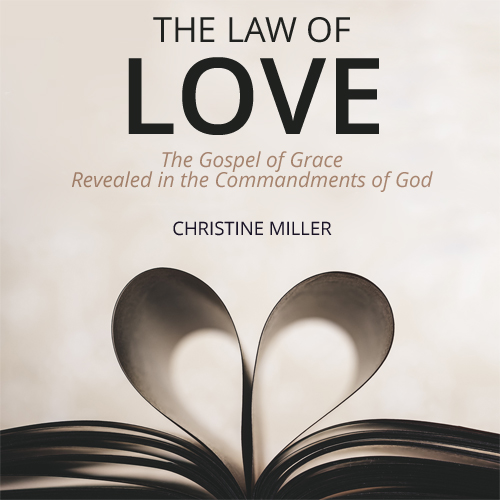
Leave a Reply